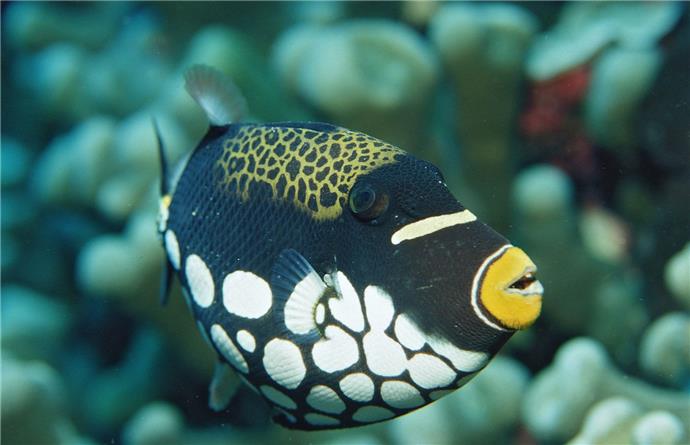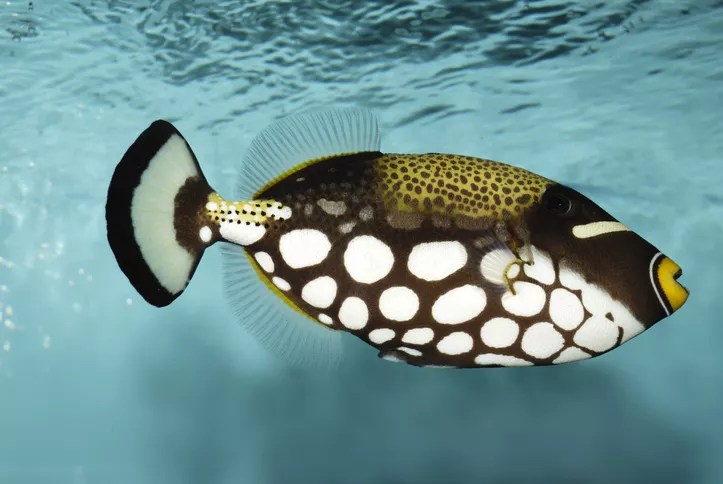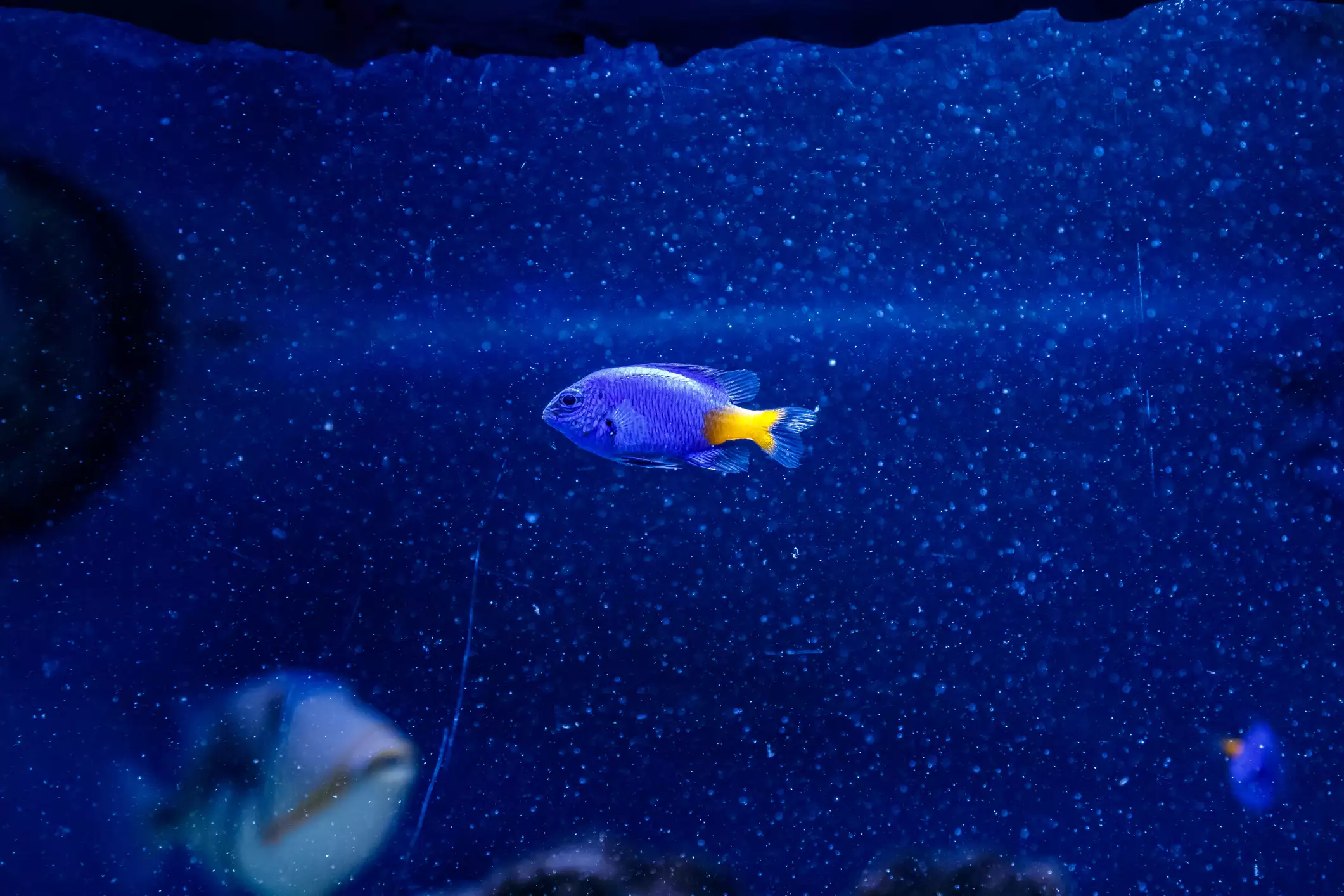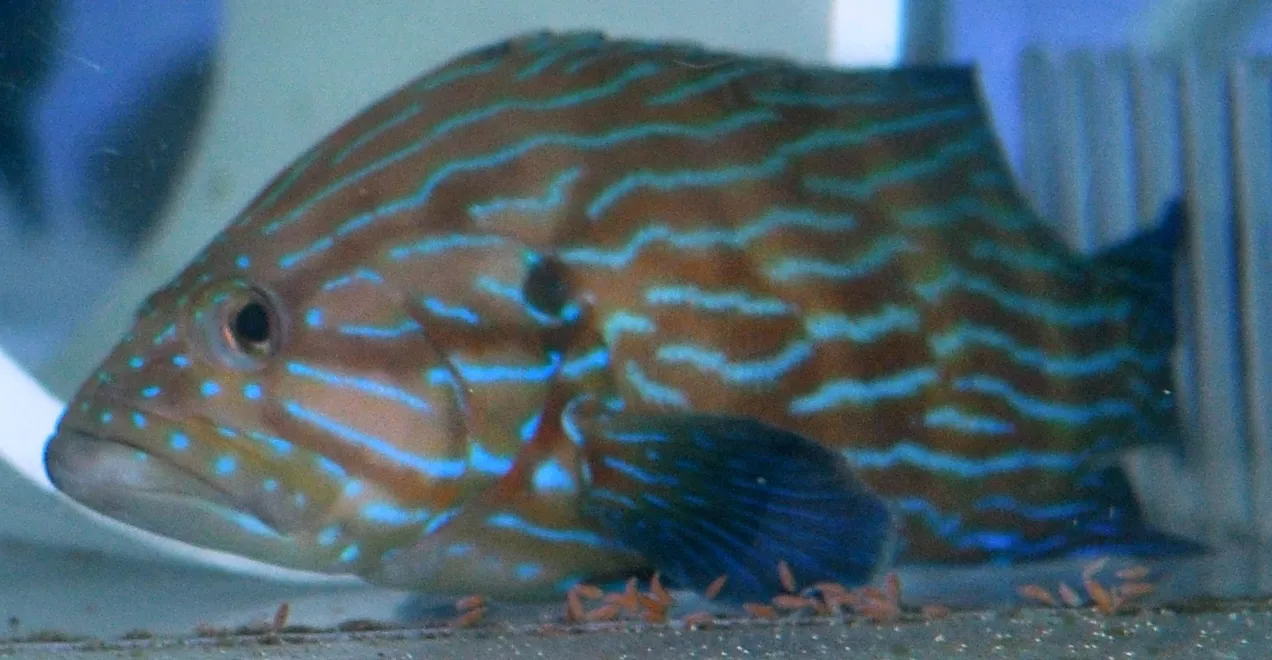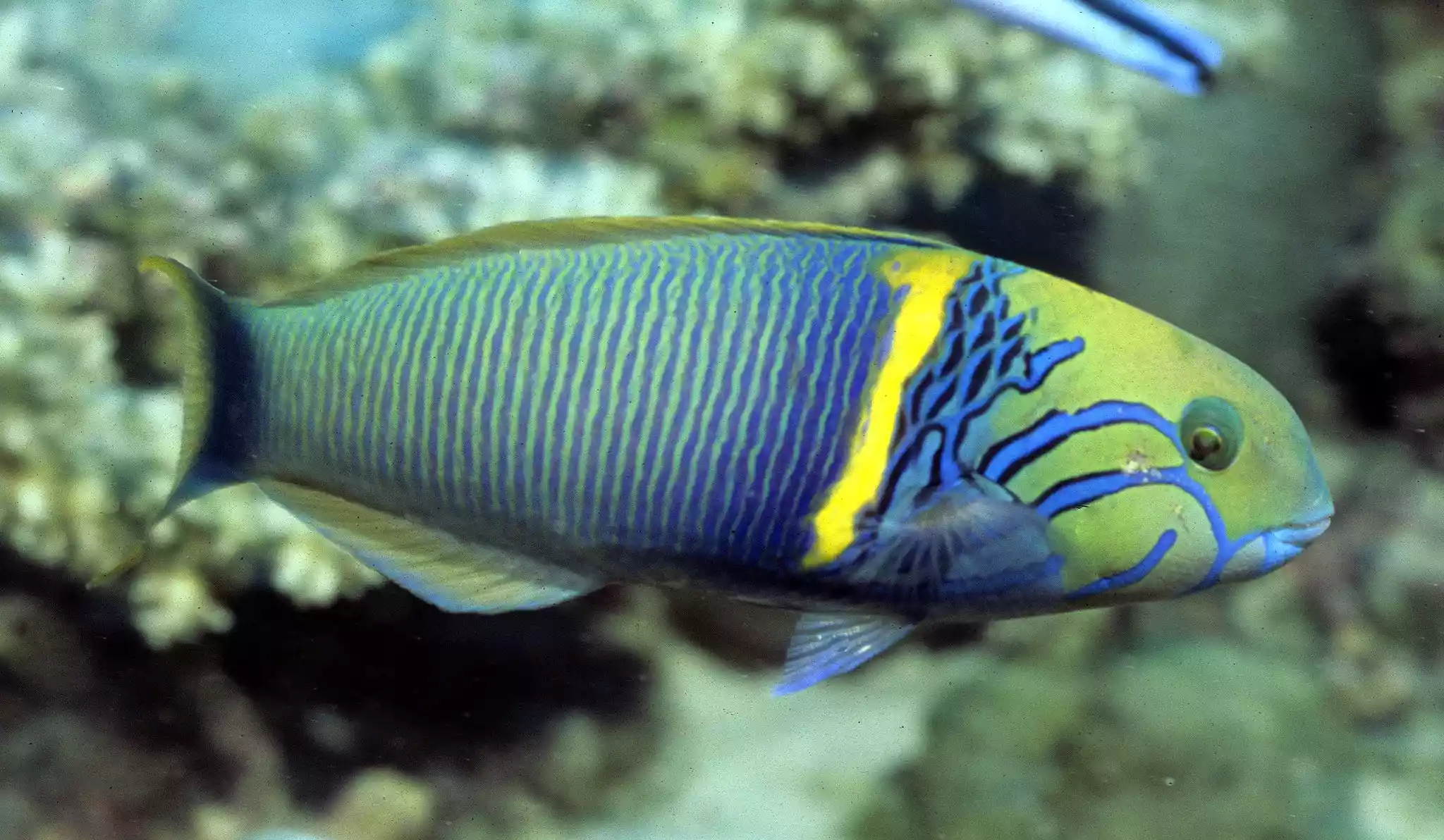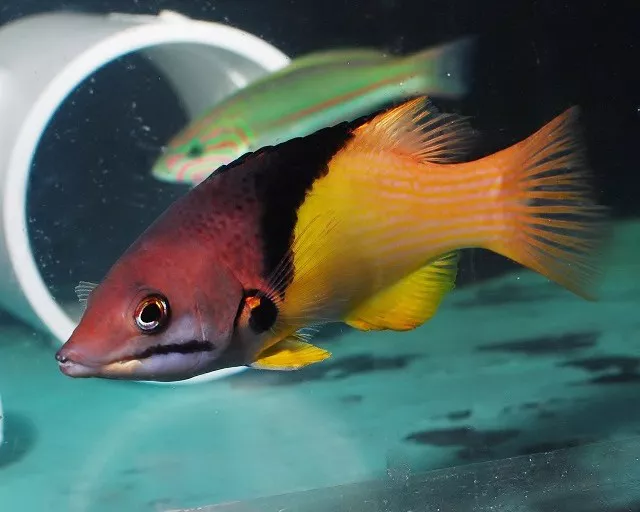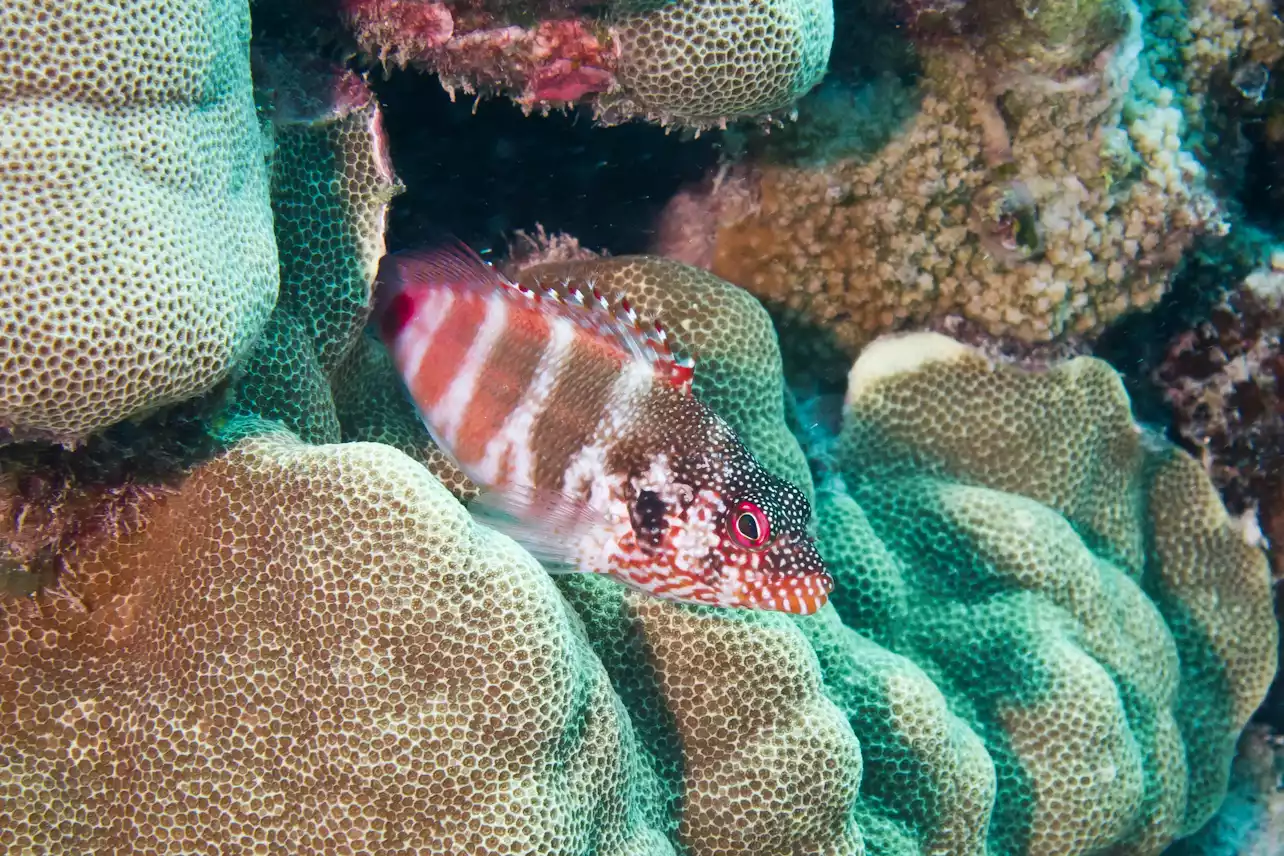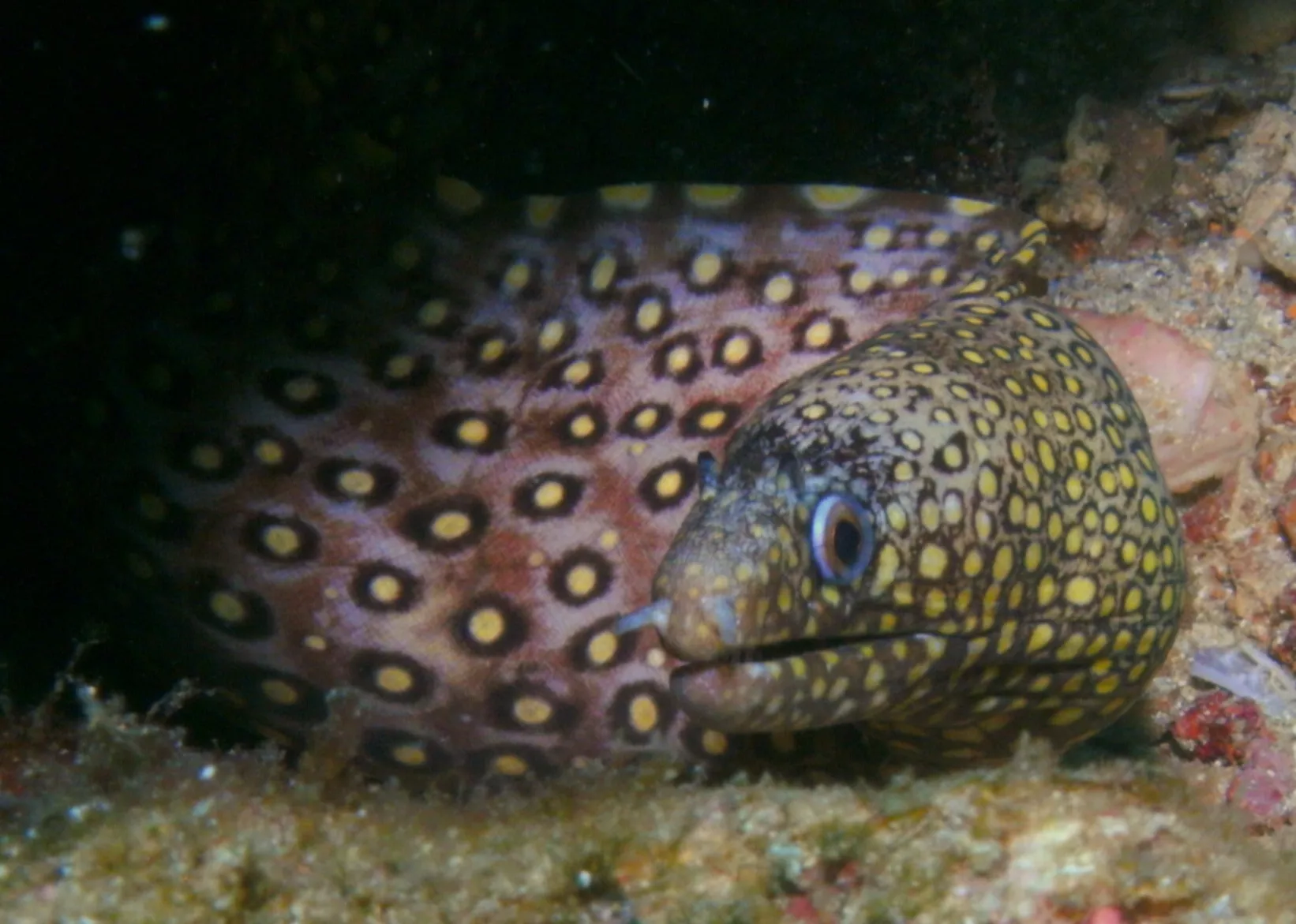Aggressive saltwater fish come in a variety of shapes, sizes, and aggressive characteristics. Some fish are more aggressive in space or in food. Before adding fish or even buying your aquarium, do your research to make sure it is a suitable home for the fish you want.
Signs of fish attack
How do you know if your fish are getting along, even after taking precautions?
Active attack
Depending on your species, this extreme sign of aggression may be over territory, mating, or preferred hiding places. You will see one fish actively biting or ramming another fish. This dispute needs to be resolved quickly by removing the attacker or victim when injured. You can try reintroducing the attacker into the tank after spending some time in your hospital tank.
Feeding behavior
In a well-set up tank, all fish have equal access to food at feeding time. Some species may be slower or more reluctant than others, but they should appear anyway. If you haven’t seen certain fish in more than a few days, or are actively seeing one fish constantly stealing food from another fish, you may need to rethink your tanking or feeding strategy. Small fish stealing food from the lid of larger fish can create additional stress.
Charge
Although this behavior is more difficult to spot if you are not watching your tank outside of feeding time, this behavior is a clear indicator of aggressive fish. Usually it occurs when a less aggressive fish finds its way out of its den. Another more aggressive fish then quickly swims straight towards the other fish, forcing it back into its den. This can be done several times in a row. A fish that is unable to leave home will get stressed and sick even if it is given something to eat.
breed
Depending on how your species races might trigger different aggressive behavior. Some fish might try to steal the eggs while overly protective parents could expand their territory exponentially. If breeding is not your goal, try to keep the fish as one of the species or non-breeding pairs.
- 01 of 07
Clown triggerfish (Balistoides conspicillum)
tunart / Getty Images
The clown triggerfish can grow very large (more than 1 foot and six inches) and require more than 300 gallons for them only. Vicious nibbles, they decimate living stones, hard corals, and invertebrates to wrap their beak around. They are aggressive fish that need roommates of similar size and mentality.
- 02 of 07
Blue & Gold Damselfish (Pomacentrus coelestis)
Getty Images / Coldmoon_photo
Many damselfish are known to defend their territory sharply, and the Blue & Gold Damselfish is no exception. Although they don’t require much water for their small size, at least 30 gallons, these fish will aggressively attack any fish that approaches their den. They have been known to bite their human caretakers if they clean too close to them.
- 03 of 07
Blue grouper (Cephalopholis formosa)
Flickr / Lordhowensis
The Blue Line Grouper is a smaller member of the monstrous grouper family and requires a minimum of 250 gallons to make one fish. Due to their large mouth and appetite, these fish will often eat smaller tankfish and crustaceans. It is recommended that you only keep fish with the Blue Line Grouper that will not fit in your gaping mouth! Crustaceans can be kept if they have tight hiding places that the grouper cannot maneuver.
- 04 of 07
Goldfinch Lipfish (Thalassoma hebraicum)
Flickr / UM Rosenstiel School
With a distinctive gold bar behind the lid of mature males, the gold bar wrasse is a bright addition to a salt water tank. Their aggressive properties become apparent when new fish are added to their established tank. Once the Wrasse Gold Bar is established in its area, it attacks all new inmates. To mitigate this trait, this fish should be the final addition to your tank so that all other fish can determine their territory first.
Skip to 5 of 7 below.
- 05 of 07
Coral Hogfish (Bodianus Mesothorax)
Flickr / Russo’s Reef
These fish, also known as Eclipse Hogfish or Mesothorax Hogfish, change from pale pink and black with yellow spots as young to distinctive maroon face, black central body and yellow body in adulthood. They can grow up to eight inches and require 70 gallons per fish. They are beneficial to have in an aquarium as they remove parasites from larger fish. However, smaller fish are bullied and reefs are nibbled to the point of decimation.
- 06 of 07
Gebänderter Habichtsfisch (Cirrhitops fasciatus)
Flickr / agasfer
Don’t let their small size fool you, the Banded Hawkfish is an aggressive tank mate. Also known as the Redbar or Blood Red Hawkfish, these fish are brightly colored and have a minimum tank footprint of 30 gallons. However, you will need an aquarium with fish that are larger than they are as they will all eat smaller residents with crustaceans.
- 07 of 07
Juwelenbesetzter Muränen (Muraena lentiginosa)
Flickr / terri.bodle
As with all moray eels, these fish do not have one, but two pairs of jaws. Behind the front teeth is a pharyngeal jaw, also with teeth, that pulls trapped food deeper into the mouth. Although not known to attack humans, an eel will bite if it feels threatened!
Since the jeweled moray eel is a smaller eel, it is better suited to smaller aquariums that are at least 50 gallons in size. Eels are escape artists too, so make sure your tank has a well-fitting lid. Eels, which are nocturnal predators, will attack fish and crustaceans at night, but can also be taught in daylight.
Of these examples, many fish within the above family groups (wrasses, groupers, eels, etc.) have similar aggressive tendencies. It is highly recommended that prior to adding an aggressive species to your tank, you research its environmental needs and plan accordingly.
When it is too late to plan ahead, the following methods are available to limit fish aggression:
- Put your most aggressive fish in the tank last. This allows shy fish to find a good place to hide and set up their territory.
- Do not breed pairs of fish. Some parents of farmed fish are fatally trying to protect their developing young.
- Add additional hiding spots for shy fish to take refuge. Pay attention to the charging behavior described above.
- Distribute the food throughout the aquarium as you feed. Unless all fish are competing in the same small area, there may be less aggression towards the food.

